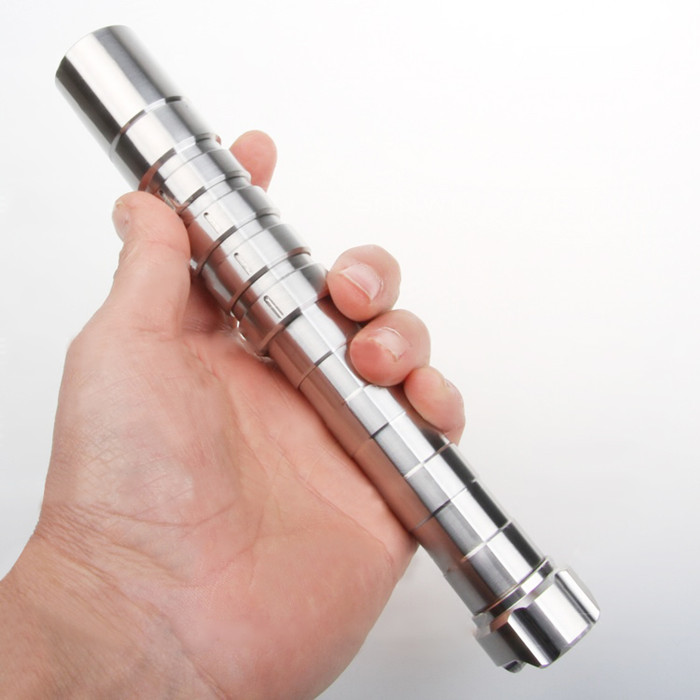The headlights and headlights of vehicles are particularly important for safe driving, especially at night. Adaptive driving beam technology is a good solution. In general, ADB means that the headlights of a car are automatically adjusted according to the speed and driving conditions. ADB can automatically activate the headlights when needed, and then adjust its beam pattern according to the conditions of the oncoming and preceding vehicles.
However, the current commercial ADB system has limited controllability. Although the spatial light modulator based on liquid crystal pixels or digital micromirrors can help alleviate this problem, it is expensive to implement, and the wasted optical power will cause unnecessary heat loss.
It is reported that at present, researchers at the University of Tokyo have developed a new ADB system built around MEMS optical scanners, which may provide us with a more general platform. The project team developed a MEMS two-dimensional optical scanner to generate various illumination patterns from phosphorescent luminescent materials, which are projected forward through an imaging lens. This work was published in the “Journal of Optical Microsystems”.
Laser is its breakthrough point in reducing heat loss. The system design involves attaching a thin lead oxide-zirconate-titanate (PZT) film to a silicon-insulator wafer to create a structure that can then piezoelectrically excite the mechanical oscillation of the scanning mirror.
In use, the oscillation of the mirror is used to guide the light from the 450-nanometer 3.5-watt blue laser pointer diode to illuminate the phosphor luminescent material in various illumination modes, and then the white light generated by the phosphor is irradiated outward through a suitable lens. The researchers explained this: the brightness of the projection is determined by the scanning area on the phosphor plate. The project team pointed out. When the excitation light is focused on a small spot, the brightness of the spot will increase, and when the excitation light is diluted by smearing a large area of the excitation light on the fluorescent plate, the brightness will decrease.
